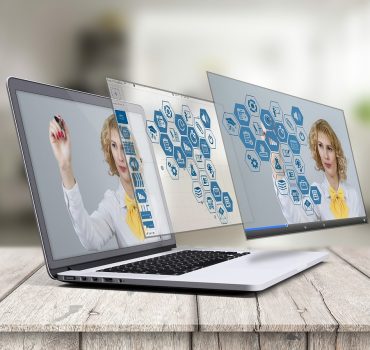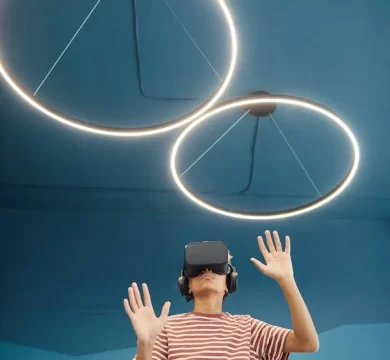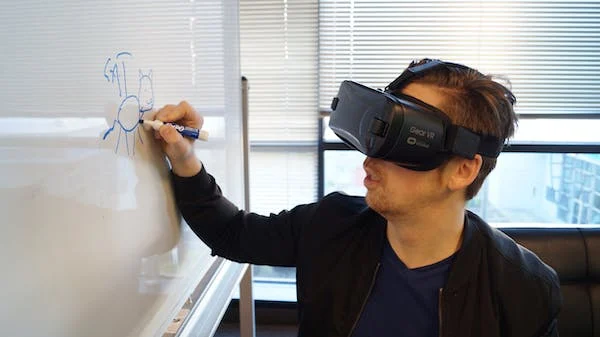AR and VR Integration in Learning
The rapid evolution of technology in the present times has profoundly impacted various sectors around the world including education largely. Among the most promising technological advancements for modern pedagogy are Augmented Reality (AR) and Virtual Reality (VR). These immersive technologies promise to revolutionize classroom learning offering students a three dimensional (3D) educational experience that can enhance the students’ understanding and retention ability.

Potential benefits of integrating technology into classroom learning –
Enhanced Engagement: AR/VR can transform traditional classroom settings into dynamic learning environments. Immersing students in a 3D world captivates their attention and promotes active learning.
Interactive Learning: AR/VR tools enable students to interact with virtual objects, perform virtual dissections, and even travel through space or time. This hands-on approach aids in grasping complex concepts easily and at a faster rate.
Customized Learning Experiences: These technologies can adapt to individual students’ learning styles and paces offering them a customized modules that cater to varying strengths and weaknesses.
Safe Environment for Trial and Error: In subjects like chemistry or physics, certain experiments might be dangerous. VR provides a safe platform for students to experiment, make mistakes, and learn without real-world repercussions.
Breaking Geographical Boundaries: With VR, students can take virtual field trips, visit historical sites, or even explore other planets, all without leaving their classrooms.

Challenges of Integrating Technology into classroom learning –
High Costs: Setting up AR/VR in classrooms requires significant investment in hardware, software, and training. This can be instead invested on first hand experiences that can be available to the students.
Technical Glitches: As with any other technology, AR/VR can have its share of technical issues while in use which might cause disruption in the process of learning.
Teacher Training: Not all educators are familiar with AR/VR necessitating comprehensive training sessions. Doing the training for the facilitators take up significant amount of time. They might find it difficult when problems arise during the teaching hours and they have no helping hand to solve the issue.
Potential Health Concerns: Prolonged use of VR, in particular, might cause eye strain or dizziness in some students.
Over-reliance: There’s a risk of over-dependence on technology, potentially side-lining traditional yet essential, teaching methods.

Strategies for Integration:
Blended Learning Approach: Rather than completely switching to only tech-based learning, educators can adopt a blended approach, integrating AR/VR with traditional teaching methods.
Collaboration with Tech Experts: Schools can collaborate with tech-based companies or specialists to ensure smooth integration and troubleshooting.
Continuous Professional Development: Regular workshops can keep educators updated on the latest AR/VR educational tools and methods.
Feedback Mechanism: Implementing a feedback system can help educators understand students’ experiences, making necessary adjustments for optimal learning.
Prioritize Content: While the temptation to use AR/VR for every lesson might be strong, educators should discern where these tools can genuinely enhance learning and where traditional methods might be more effective.

The integration of Augmented Reality or Virtual Reality in classrooms heralds a promising future for education. While challenges exist, with careful planning and strategic implementation these can be mitigated. As we stand at the cusp of an educational revolution, the blend of traditional pedagogy with advanced technology like AR/VR promises a more interactive, customized, and immersive learning experience for students, preparing them more effectively for the future.
Related Posts
Resilience and Recovery in Student Life
Search
Categories
Latest Posts
Popular Tags


